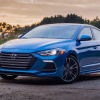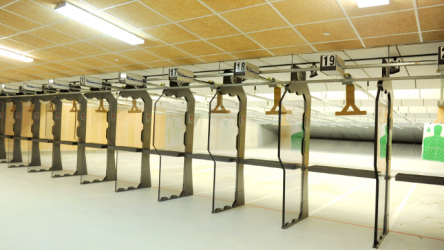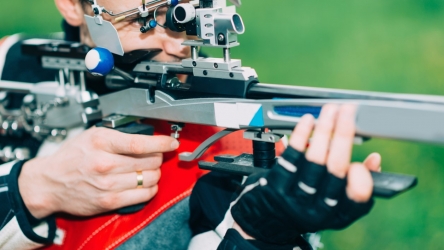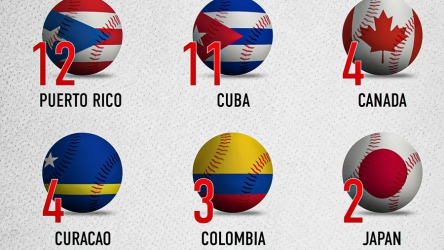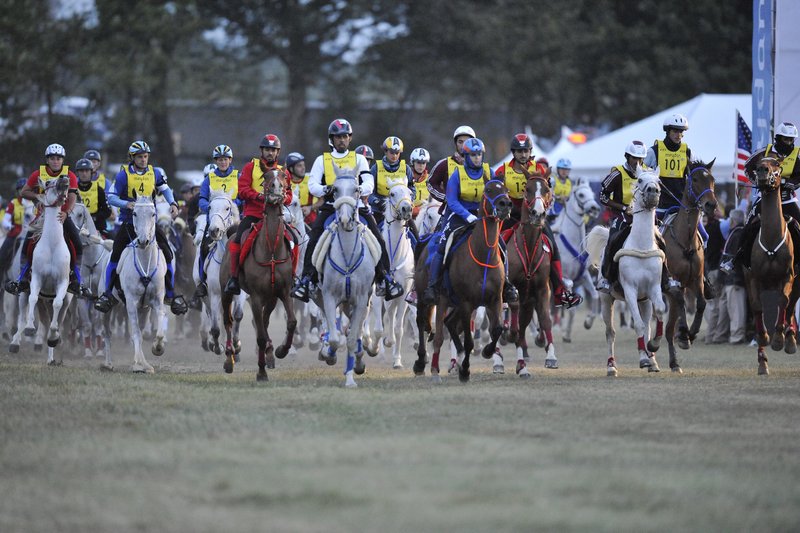
What is called “endurance riding” is a kind of test of equestrian endurance which dates back to the 1950s in the USA, and which made it over to Europe in the following decade, even though there already was a lesser known type of riding long before that.
And similar to many other kinds of equestrian sporting events, endurance riding has its roots firmly in the training of military horses, which were at one time in the past, frequently needed to traverse long distances over a lot of different and often precarious terrain.
No Age Limit
Riders and horses of all age groups get together to compete in endurance riding, and the length of the rides can vary from short leisurely rides developed for younger novice riders to treks which can go on for as long as five days.
- Endurance riding is extremely testing for both the horse and the rider’s physical ability and judgment.
Whilst on an endurance ride, horse and rider must start out over a pre-set trail after being given a map of the course and any obstacles which may be met. Every single horse and rider are timed, so that riders must finish the course as fast as possible whilst the horse’s strength and ability are also being observed.
Inspecting the Horse
- A lot of endurance horse riding competition prizes are for the completion of the race itself, while various others will be based upon how long it takes to finish the circuit.
Due to the rigorous demands of the race, the physical condition of the horses is of the utmost importance. Each horse is inspected by a veterinarian at the beginning of the race for its strength, and then it will be regularly stopped during the race to be looked at again.
The veterinarian will look the horse over for any indication of its ability and fortitude and should the veterinarian be in any doubt over a horse’s fitness, it will be removed from the race to prevent any injury.
All Breeds are Welcome
There is a cross section of horses at an endurance ride, even though the heavier breeds are typically not viewed as a being fleet of foot. The majority of riders prefer the lighter, sturdier breeds for this type of competition.
- In many cases, the horse and rider already have a long working partnership allowing them to work amiably together along the trail.
Matters of Clothing
Different to other equestrian occasions, the clothing is not strictly regulated and both the horse and rider can dress mostly for comfort. Every rider has only to don riding breeches, riding boots, a shirt and collar, plus a helmet, so as to promote a good image for this and all horsing events.
Also along with the lightweight saddle and the rider’s choice of bridle, the horse can also if desired, be fitted with a breastplate in order to stop saddles from sliding.


